From the West Hartford Archives: Buena Vista Golf Course

Audio By Carbonatix
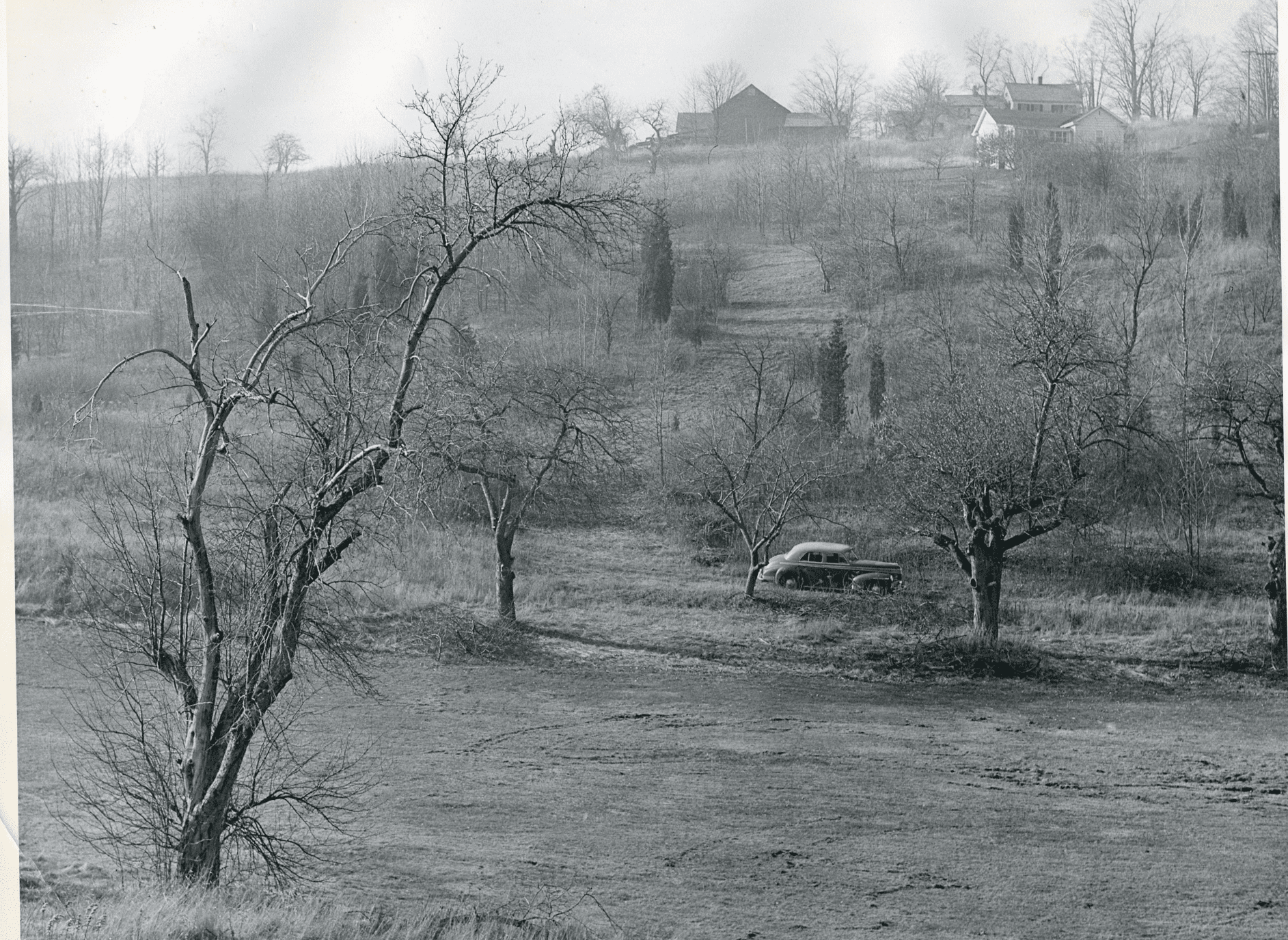
Buena Vista golf course in the 1940s. Photo courtesy of Noah Webster House & West Hartford Historical Society
Historian Jeff Murray takes a look into West Hartford’s past to uncover some surprising information, stir up some memories, or reflect on how much life has changed – or hasn’t changed at all. Enjoy this week’s ‘From West Hartford’s Archives’ …
By Jeff Murray
This photo of the grounds at Buena Vista, near the golf course, was taken in the 1940s, based on the car in the foreground.
In 1926, a semi-private 9-hole golf course was opened along the south side of Buena Vista Road by Joseph Rosenberg, who had developed the grounds in the summer of 1925 on the former farm of Andrew Hansen. The course was laid out by R. J. Ross of the Hartford city engineering department, with design work by Maurice Kearney, the professional at Goodwin Park. The preliminary work was done by Edgar T. Duncan, Hartford civil engineer. Two water holes served as hazards.
Golf saw a significant surge in popularity in the U.S., especially in West Hartford, during the 1920s. The Roaring Twenties brought more disposable income and leisure time to many Americans and golf was marketed as a social pastime for the middle and upper classes, who had both the time and financial means to pursue it. By the end of the 1920s, the U.S. saw a doubling of the number of golf courses, with private clubs for affluent members.
West Hartford was no stranger to the surge in interest in the game – an informal golf club was formed in a meadow west of the Center in 1899 and the Hartford Golf Club soon after moved to Asylum Avenue. A rudimentary course was laid out off North Quaker Lane and Fern Street in 1912; holes were carved out of the eastern slope of Talcott Mountain near Orchard Road in 1916; and Wampanoag Country Club was formed in 1924.
Buena Vista’s golf course followed these developments with an eye towards the development of open farmland. The large farmhouse on the Buena Vista property, on the hill to the east of where it was laid out, was renovated and remodeled into a clubhouse with a large veranda, reception room, and lobby. An additional facility was built for locker rooms and showers. A pavilion was planned for those waiting to play at the first tee.
When the golf course opened on July 1, 1926, the entrance fee was $15 for access; $1 weekdays; and $1.50 for Saturdays, Sundays, and holidays.
That August, a group of businessmen formed a corporation to take over management of the course, leasing it from the owner Rosenberg. Part of the land was occupied by freight tracks, which had been laid by the Trout Brook Ice & Feed Company from Farmington Avenue in 1912 south to Woodridge Lake, where they had a large icehouse. The tracks followed the path from the lake through Mallard View Drive, Briarwood Road, through the future parking lot at Cornerstone, and along Common Drive next to Veterans Memorial Skating Rink. For several years from the opening of the Buena Vista golf course along the tracks, the ice company’s operations steadily declined and the freight tracks were disassembled. But there was a period of time when golfers were stepping over freight tracks to get to the pavilion from Buena Vista Road.
In December 1931, the West Hartford Country Club voted to dissolve as a corporation and surrender the lease. It was leased then to G. Albert Stumpf, the proprietor of the East Hartford Golf Club. He renamed it the West Hartford Golf Club to follow the same naming convention. Two years after the stock market crash of 1929, the economic situation was dire. Country clubs, which relied on membership dues and disposable income of its golfers, were severely impacted as people cut back on recreational activities like this, especially a sport like golf that required high maintenance costs.
The Buena Vista course survived new management (and new dual ownership under the First National Bank and Hartford-Connecticut Trust Company) for another decade.
In the beginning of the 1940s, Buena Vista was targeted by the Town of West Hartford for a public park. The town noted that there were small parks in the north (Fern Park) and the south (Beachland Park), but nothing to the west, where growth had been prominent. The decline in the ice industry along the Buena Vista-Wood Pond axis brought real estate developers like Wallace Goodwin, who built homes along Ridgewood Road. The grid streets east of Mountain Road were also built up through the 1930s and 1940s, making a western park desirable. In February 1943, the town bought the 70-acre property from the banks.
Instead of continuing the status quo, however, the town council said they visualized the land not as a golf course, but rather as a “winter sports area and a land which will be ideal for summer picnics, overnight and camping by Boy Scouts.”
There may be some context here that we can investigate further. The early 1940s were dominated by World War II and with resources directed toward the war effort, there was an emphasis on practicality, frugality, and communal spaces. Fully maintaining a golf course, which serves a relatively small group of residents, would have been much less practical during the war. A better use of public land like this would have boosted access to recreation for anybody in the area all year round. It’s also not a coincidence that they emphasized its use by the Boy Scouts at a time when values like patriotism, outdoor skills, and self-reliance were particularly relevant to the youth of West Hartford (and those trying to instill them).
The following year, there was talk of renaming the West Hartford Golf Club to “Memorial Park” in honor of the West Hartford residents who lost their lives in the war, but this move was opposed by Hayes-Velhage Post 96, which considered the site unsuitable. For several years, official play at the golf course was halted (although players were allowed to play informally there for free). The golf course clubhouse on the hill was used only for parties, social gatherings, and meetings by local organizations (it was a $7.50 per day rental). Based on these clues, it is possible that the featured photo was taken during this time.
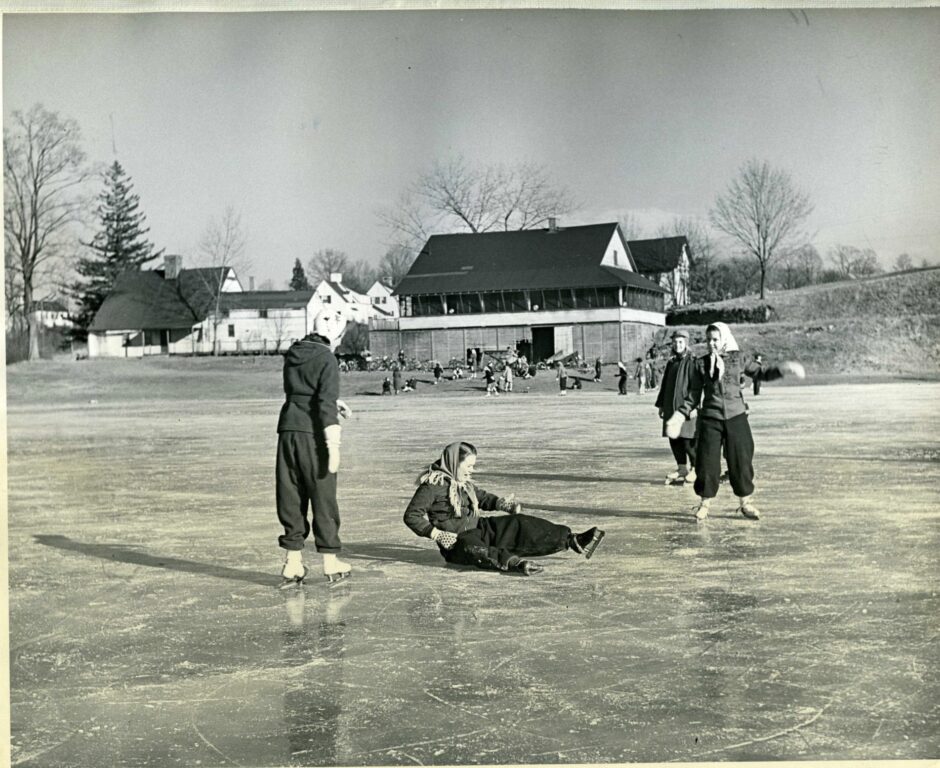
The skating pond at Buena Vista in the 1940s off Buena Vista Road. Photo courtesy of Noah Webster House & West Hartford Historical Society
In 1951, the future of Buena Vista was revisited. Some residents wanted a return to the golf of the pre-war era. The voices were heard and the following spring saw the return to paying golf, with the construction of a new fairway and ticket office. The late 1940s brought increased consumer spending, a growing middle class, and rising wages which gave Americans more disposable income and leisure time. Many people could afford the membership fees, equipment, and entry fees for activities like golf.
Following the strains of the Great Depression and World War II, towns like West Hartford invested in golf courses, swimming pools, parks, and community centers after heavy promotion by local leaders. It is no coincidence that the idea for the Cornerstone pool came in 1949 (even though it would take nearly 15 years to build it). For a few years, play at the Buena Vista golf course ran uninterrupted. It wasn’t long for another town priority to compete, however.
In 1956, plans were made for a school to be built in the west side of town to accommodate the rising population. The town’s original proposed location was on Tunxis Road at the south end of the golf course, which prompted an outcry by golfers and non-golfers alike. The idea of keeping spaces for recreation and education separate pressured the town into finding a new location – and that location ended up being Bridlepath Elementary School (now Solomon Schechter Day School), the land being owned by the Archdiocese of Hartford.
The golf course was altered in the 1960s when Cornerstone was built (two fairways and two greens had to be relocated) and a plan to expand the course and make it 18 holes was never seen through. In 1977, a large storage garage was built into the hillside to the northeast of the course and the roof covered with dirt and grass.
Calls were made in 1980 to close the golf course and sell the land for a private cemetery, but the fact that much of the land was situated in a flood plain made it unsuitable for such a venture. The idea of selling the course in the early 1980s aligned with the need to cut spending though. Recreational fees were significantly increased and the town looked to private management. The U.S. economy faced high inflation, rising interest rates, and a recession in the late 1970s. Recreational facilities were often targets for cuts in spending as essential services like public safety and infrastructure were prioritized. The early 1980s were also marked by a growing movement to reduce government spending and West Hartford was constantly under the gun to cut costs and operate more efficiently.
The Buena Vista golf course went through many changes over its nearly hundred-year history and followed nationwide economic trends: the splurging of the 1920s, the squeeze of the 1930s and 1940s, the emphasis on parks in the 1950s and 1960s; and the trimming of the 1970s and 1980s. What role will this golf course play in future decades?
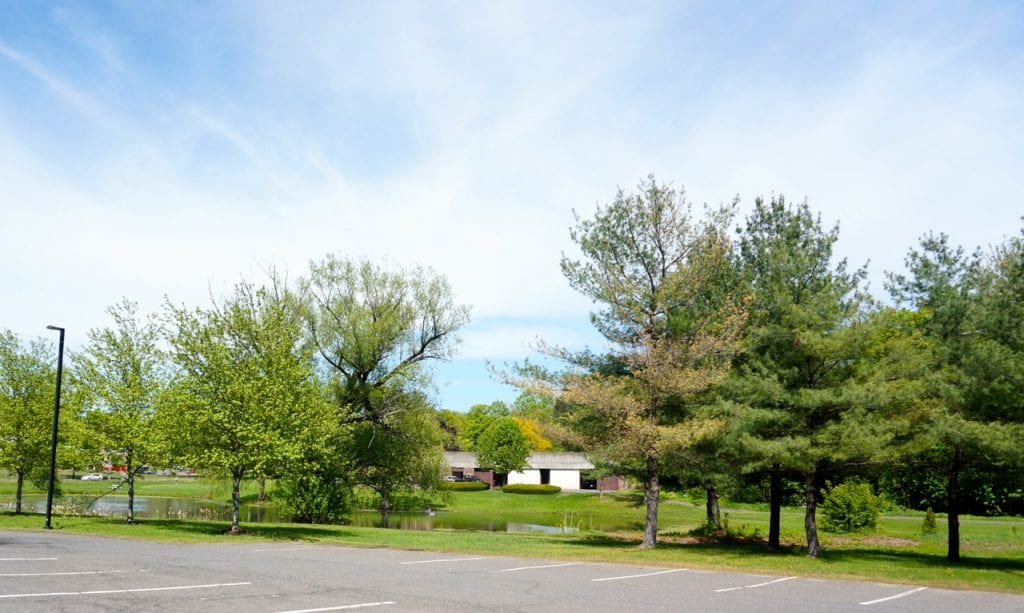
Pond at Buena Vista in 2018. Photo credit: Ronni Newton (we-ha.com file photo)
Jeff Murray was born and raised in West Hartford and has been involved with the Noah Webster House & West Hartford Historical Society since 2011 when he was a high school student and won the Meyer Prize for his essay on local history. Jeff routinely volunteers as local history researcher uncovering information for numerous museum programs such as the West Hartford House Tour and West Hartford Hauntings. Jeff works as a data analyst at Pratt & Whitney.
Like what you see here? Click here to subscribe to We-Ha’s newsletter so you’ll always be in the know about what’s happening in West Hartford! Click the blue button below to become a supporter of We-Ha.com and our efforts to continue producing quality journalism.


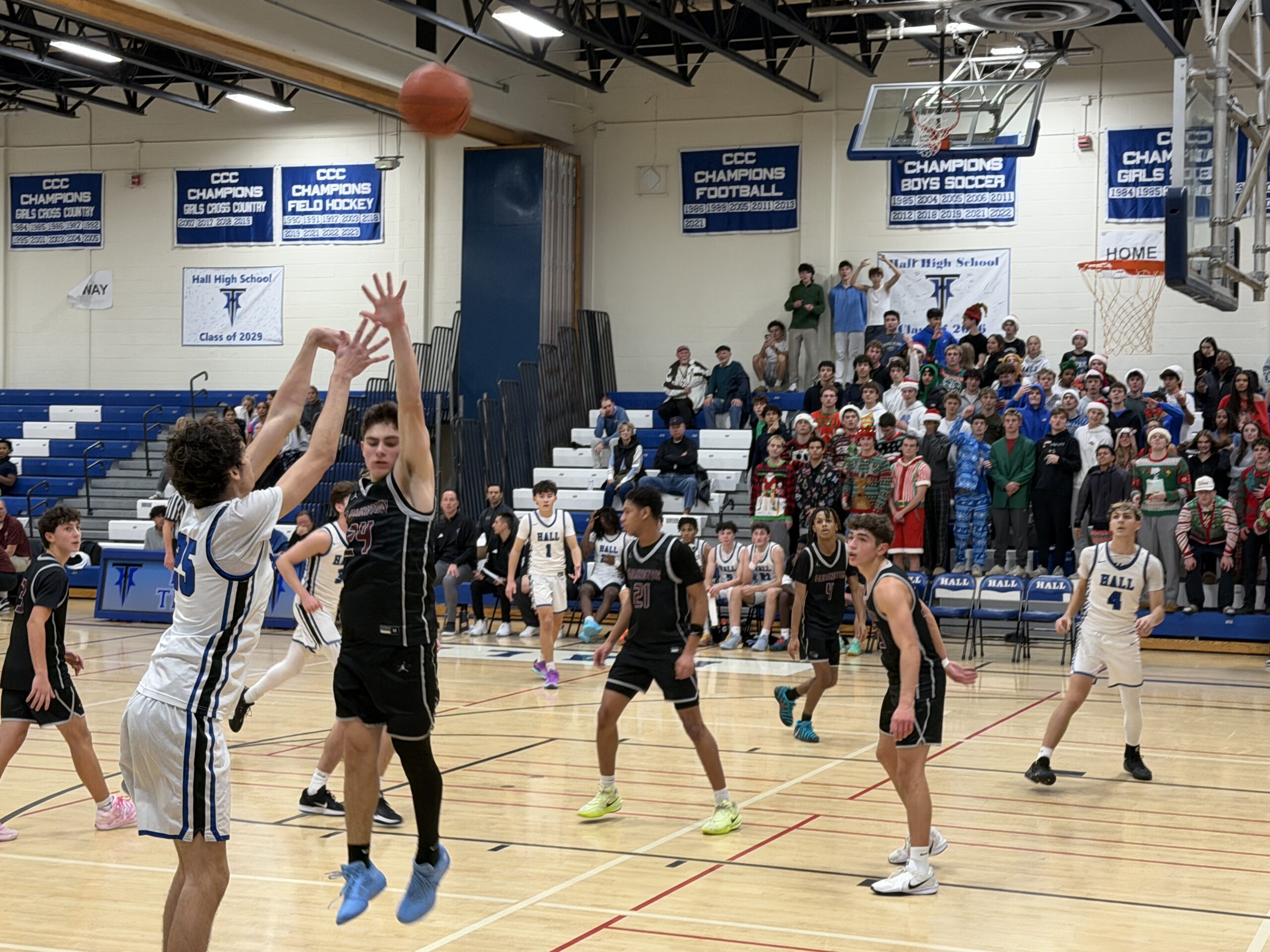
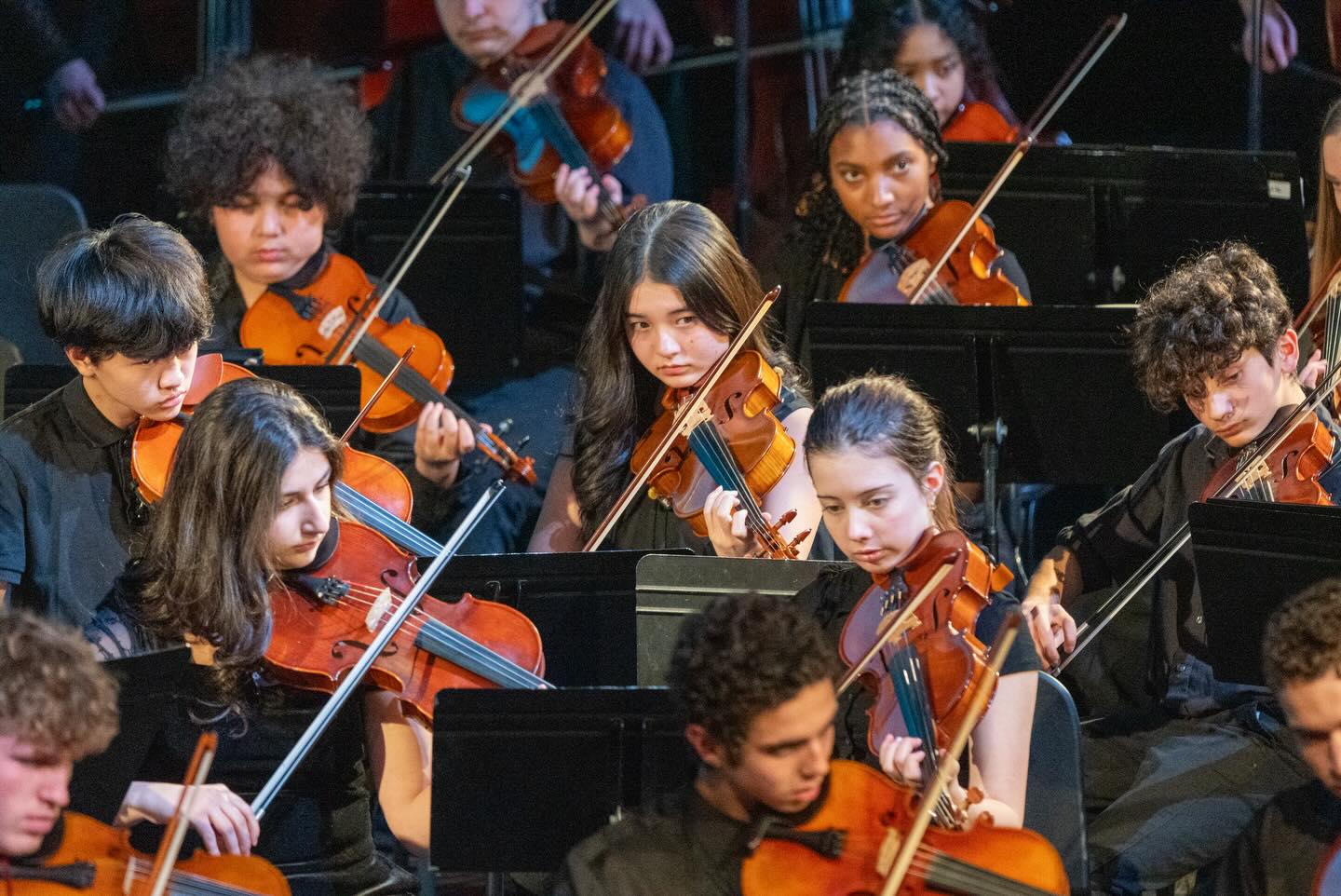
I worked at Buena Vista Golf Course for one summer ca. 1964. It was fun to work with city employees and a couple of school students such as myself. The next year I worked for the Hartford GolF Club on the grounds crew, which I did through the summers when back from college. Not mentioned in the article was that the Hartford Golf Club prohibited those of Jewish ancestry, which is why Wampanoag was created. Those who could not fund the heavy fees (buy in and annual) at those were welcomed at Buena Vista.
Thank you, Jeff, for sharing your research with us. I would be interested in hearing more about the location and history of: “an informal golf club was formed in a meadow west of the Center in 1899”.
What a great article! I never knew the valuable history the course has. Buena Vista is where I learned to play golf in the early 70’s, and remembered it fondly. I played the course last year for the first time in 30 years and it was beautiful! West Hartford has a hidden gem in this course….